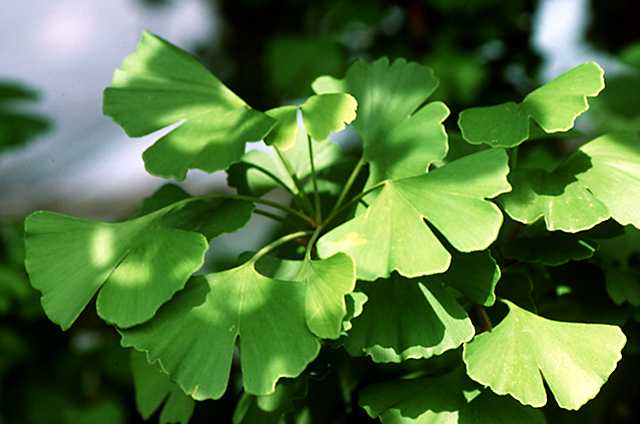Changes in Nature
What are Geologic Time Periods?
What happened in each period?
Precambrian - Earliest
First organisms, all single cell. Some oxygen is present in this period.
Later - Multicelled organisms form.
---------------------------------------------------------------------------------------------------------------------
Cambrian - 540 Million Years Ago
The Cambrian period is where the first examples of ancient life were found. The climate of the Earth at the start of this period was cold, but over time grew warmer. In this period, continents were still forming. Lots of different organisms. Some of the earliest animals in this period had a backbone. There were lots of carbon dioxide.
---------------------------------------------------------------------------------------------------------------------
Ordovician - 490 Million Years Ago
There were lots of animals without skeletons. Early shellfish, trilobites, nautilus, starfish, and fish were present during this time. The first green plants and fungi were formed. It was also the end of The First Ice Age at this time.
---------------------------------------------------------------------------------------------------------------------
Silurian - 443 Million Years Ago
First advanced plants were formed. Jawed fish were present with armour. More shellfish were present too.
---------------------------------------------------------------------------------------------------------------------
Devonian - 416 Million Years Ago
The first ferns were formed. The first fir trees with seeds were formed too. The first wingless insects were present during this time. The first amphibians were present too. Some animals from earlier periods die out, due to the climate changes. It was a cool climate during this time.
---------------------------------------------------------------------------------------------------------------------
Carboniferous - 354 Million Years Ago
During this time, the land was swampy. The first "coal" forest was formed. (Trees --> coal over millions of years). Early sharks started to develop too. Large trees also developed, along with reptiles and vertebrates. Trilobites start to disappear during this time. Glaciers start to form. Winged insects are present in this time too.
---------------------------------------------------------------------------------------------------------------------
Permian - 290 Million Years Ago
Land masses have formed 1 continent 'Pangaea'. Glaciers disappeared since the climate started to warm up. Lots of reptiles were present. The first cone bearing trees were present. Beetles and flies appear. There was plenty of life in the oceans.
251% of life became extinct due to the climate changes, and other reasons.
---------------------------------------------------------------------------------------------------------------------
Triassic - 248 Million Years Ago
In this time, dinosaurs, first mammals, and crocodiles appear. Modern corals and fish also appear.
---------------------------------------------------------------------------------------------------------------------
Jurassic - 206 Million Years Ago
In this time, there were many different types of dinosaurs roaming the Earth. Big dinosaurs, little dinosaurs. Ferns and cone bearing plants appear at this time. Mammals are common, but were small. First birds and lizards were appearing. Land mass - Pangea breaks up into Gondwanaland and Laurasia. High Carbon Dioxide levels.
---------------------------------------------------------------------------------------------------------------------
Cretaceous - 144 Million Years Ago
There were many dinosaurs in this time, including the famous Tyrannosaurus. New types of insects appear. Flowering plants appear and become plentiful. Modern crocodiles and sharks appear. Early birds appear. Gondwanaland breaks up. Rocky mountains appear. Carbon dioxide decreases into a similar level to today.
---------------------------------------------------------------------------------------------------------------------
Paleogene - 65 Million Years Ago
Modern plants developing at this time. Lots of different mammals are on Earth. Dinosaurs have become extinct at this time. Primitive whales appear. Grass starts to appear. Rapid changes in Mammals. Climate cools down. Ice age begins and ends during this period.
Fact - At this time, the Sahara Desert was covered in grass.
--------------------------------------------------------------------------------------------------------------------
Neogene - 23 Million Years Ago
Modern climate. Modern mammals and birds. Horses evolve from dog like animals. Lots of grass is on Earth. First apes appear. Southern Alps of NZ appear.
---------------------------------------------------------------------------------------------------------------------
Quaternary - 1.8 Million Years Ago ---> Present
- Anatomically modern humans
- Human stone age culture
- Ice age comes and goes
- Sahara forms from grassland
- Humans become agriculture
- Industrial revolution leads to rise in carbon dioxide levels
Stone age ---> Bronze Age ---> Iron Age
---------------------------------------------------------------------------------------------------------------------
















